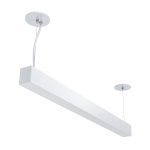LED Light Remote Not Working? Here’s How to Fix It in Minutes
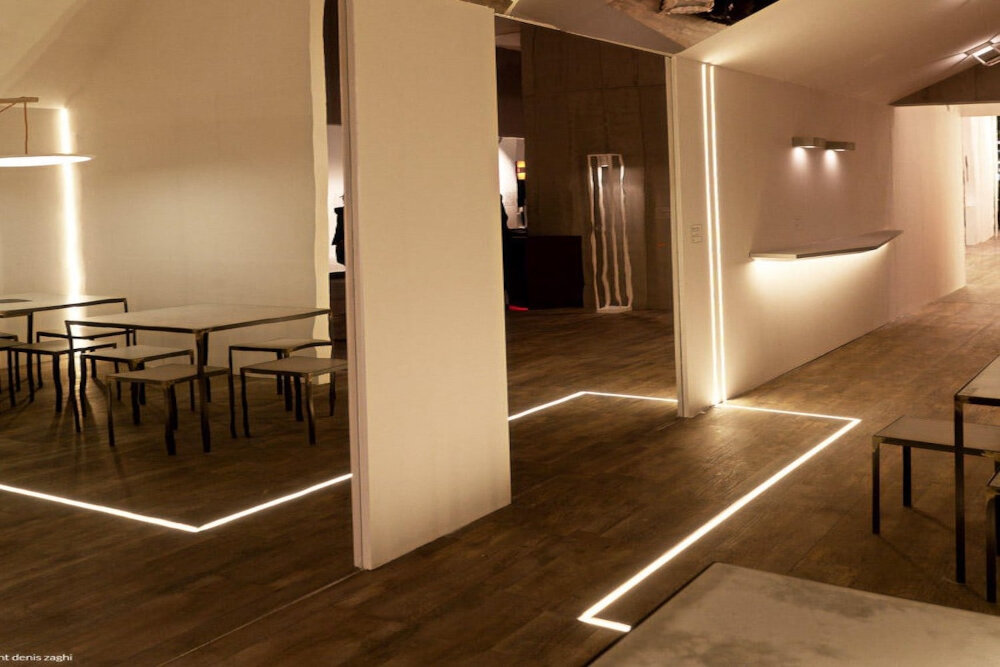
In the world of modern lighting, LED lights have become increasingly popular due to their energy efficiency, brightness, and longevity. One of the many benefits of LED technology is the ability to control the lights remotely, making it easy to adjust the brightness and color from the comfort of your couch. However, it can be frustrating when your LED light remote suddenly stops working, leaving you in the dark. Fortunately, there are several simple and quick fixes that can help you get your LED light remote up and running again in just a few minutes. Before diving into the solutions, it’s essential to understand the common reasons why LED light remotes stop working. In some cases, it may be due to a drained battery, while in other cases, the remote may have become unpaired with the light or experienced a communication error. Sometimes, the issue could even be a result of interference from other electronic devices in your home. Whatever the cause may be, it’s crucial to identify the problem correctly to apply the appropriate fix. In the following paragraphs, we will explore some simple and effective solutions to get your LED light remote working again.
LED lights are modern lighting solutions that are energy-efficient, long-lasting, and versatile. They are available in various colors, sizes, and shapes, making them suitable for different applications. LED lights can be controlled using remote controls that allow users to adjust the brightness, color, and mode of the lights. These remote controls use infrared technology or RF signals to communicate with the LED lights. However, if the LED light remote is not working, there could be several reasons, such as a dead battery, blocked signal, or faulty remote. To fix the remote, users can perform some basic troubleshooting steps, such as checking the battery, resetting the remote, or cleaning the remote’s sensor.
Remote controls for LED lights play a crucial role in enhancing the convenience and functionality of LED lighting systems. They allow users to effortlessly adjust the brightness, color, and other settings of their LED lights from a distance, eliminating the need to physically access each light individually. This level of control not only saves time and effort but also provides greater flexibility in creating the desired ambiance for any given setting or occasion. Additionally, remote controls for LED lights are ideal for people with limited mobility or those who want to create a comfortable lighting environment without leaving their seats. Therefore, having a properly functioning LED light remote control is essential for getting the most out of LED lighting systems.
Check the Batteries
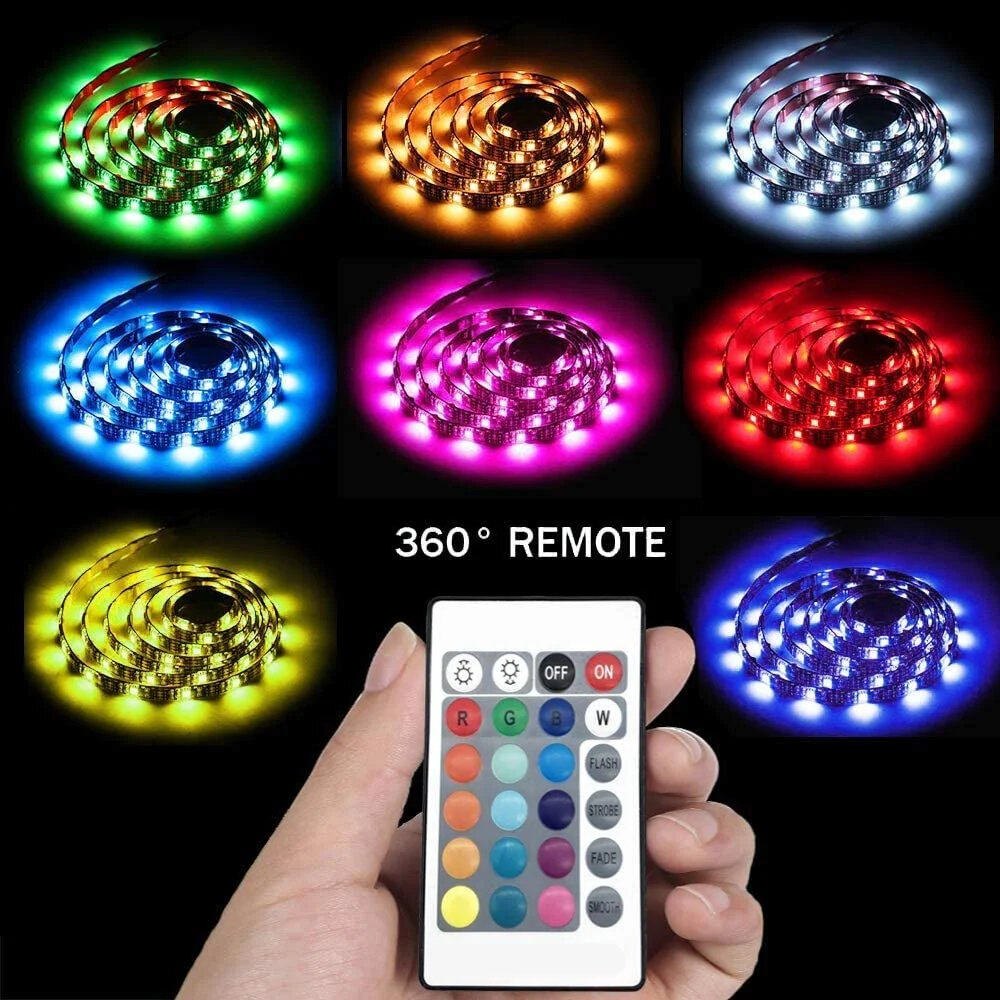
If you’re experiencing issues with your LED light remote not working, one of the first things you should check is the batteries. Oftentimes, remote controls require a certain level of power to function properly, and if the batteries are low or dead, the remote may not work at all. To check the batteries, simply remove the back cover of the remote and take out the batteries. If they appear corroded or discolored, it’s time to replace them. Be sure to use the right type of batteries for your remote, as using the wrong ones can cause damage. Additionally, if you’re replacing the batteries and the remote still doesn’t work, it could be a sign of a larger issue. In that case, it may be time to troubleshoot the remote or even replace it entirely. However, checking the batteries is a quick and easy first step that could save you a lot of time and hassle in the long run. So, next time your LED light remote isn’t working, don’t panic – simply check the batteries and see if that resolves the issue.
If your LED light remote is not working, the first thing to check is the batteries. Start by locating the battery compartment on the remote and removing the batteries. Check the batteries for any signs of damage or leakage, as this can cause them to malfunction. If there is any damage, replace the batteries with new ones. You can also use a battery tester to check the power level of the batteries. If the batteries are low, replace them with fresh ones. Once you have replaced the batteries, try using the remote again to see if it is working properly. If the remote still does not work, there may be a problem with the remote itself or with the LED light.
If your LED light remote is not working, it might be due to the batteries. Replacing the batteries is a simple solution. First, locate the battery compartment on the remote. Then, remove the old batteries and dispose of them properly. Next, insert fresh batteries into the compartment, making sure to match the positive and negative ends properly. Finally, close the compartment and test the remote to ensure it is working properly. If the remote still does not work, there may be other issues that need to be addressed.
Having fresh batteries is crucial to the proper functioning of an LED light remote. A remote control is essentially a small device that sends signals to the LED light, which then prompts it to perform specific functions. If the batteries in the remote are weak or dead, the signals will not be strong enough to reach the LED light, causing it to malfunction or not work at all. Therefore, it is essential to replace old or weak batteries with fresh ones regularly. By doing so, you can ensure that your LED light remote functions correctly, allowing you to enjoy the convenience and comfort of controlling your lights from a distance.
Check the Connection
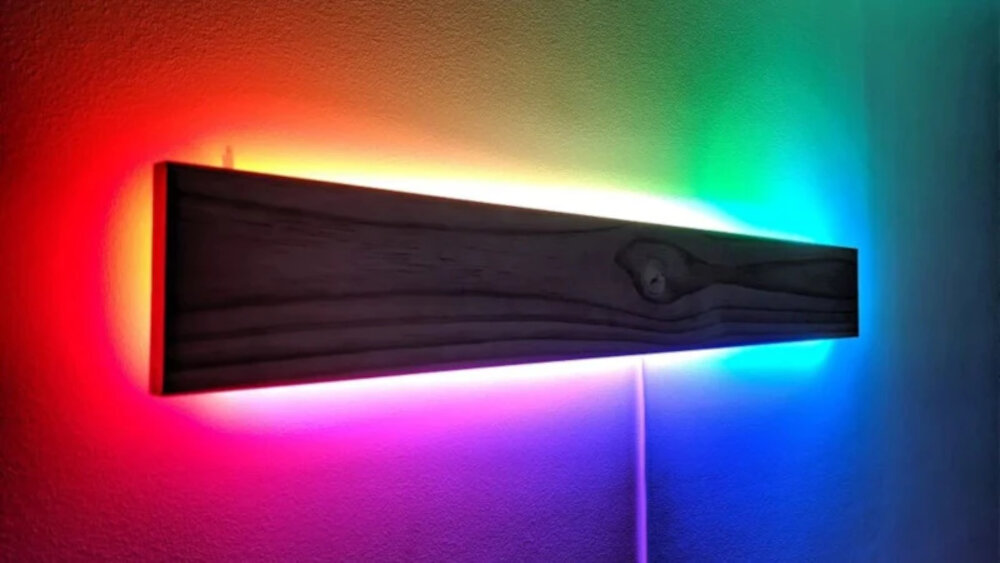
When you face an issue with your LED light remote, the first thing you should do is check the connection. Often, the remote fails to work due to a poor connection between the remote and the LED light controller. Make sure that the LED light controller is connected to a power source and is switched on. If the controller appears to be working fine, then check the batteries in the remote. If the batteries are dead or low, replace them with new ones. If the batteries are good, make sure that the remote is pointed at the LED light controller when you press the buttons. If you still have difficulty, move closer to the controller and try again. It is also crucial to check for any obstructions that may be blocking the signal between the remote and the controller. Make sure that the remote has a clear line of sight to the controller, and there are no obstacles in the way. If you have tried all these steps and the remote still does not work, then you may need to reset the controller. The reset button is usually located on the controller, and you can use a paperclip to press it. If none of these steps work, then it is possible that there is a problem with the LED light itself, and you may need to contact a professional to fix the issue.
If you’re experiencing issues with your LED light remote, it’s possible that the remote control is not properly connected to the LED lights. Checking the connection between the remote control and the LED lights is the first step in fixing the problem. To do this, make sure that the batteries in the remote control are properly installed and have enough power. Next, ensure that the LED lights are correctly plugged in and receiving power. If the connection still seems to be problematic, try resetting the remote control and the LED lights by turning them off and on again. It’s also a good idea to check the user manual for troubleshooting tips specific to your LED light model. Once you’ve checked and confirmed the connection, you should be able to use your remote control to adjust the lighting settings as desired.
If you’re having trouble with your LED light remote not working, one possible solution is to reset the connection between the remote and the light. To do this, start by turning off the power to the light and removing the batteries from the remote. Wait for a few minutes, then reconnect the power and reinsert the batteries. Next, press and hold the reset button on the back of the remote for a few seconds until the LED light on the remote starts flashing. Finally, press the power button on the remote to see if the connection has been restored. If this doesn’t work, try replacing the batteries in the remote or contacting the manufacturer for further assistance.
The proper connection is crucial when it comes to electronic devices, especially for LED lights. A faulty connection can cause various issues, such as the LED light remote not working. It is essential to ensure that all connections are correctly made, and all cables are firmly attached to their respective ports. Loose connections can cause a break in the circuit, preventing the signal from reaching the LED light. Additionally, it is necessary to use the right cables and adapters to connect the LED light to the power source. A proper connection can prevent malfunctions in the LED light and ensure that the remote control works efficiently.
Check the Remote Control
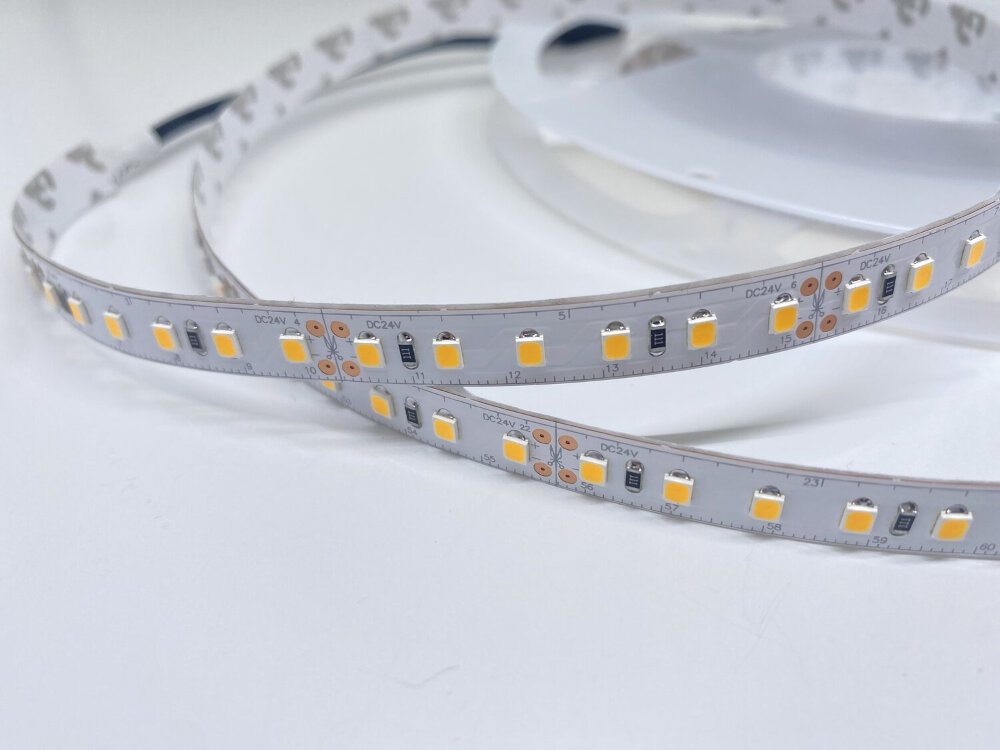
When troubleshooting a malfunctioning LED light, one of the first things you should check is the remote control. The remote control is responsible for sending signals to the LED light to turn it on, off, or change its color. If the remote control is not working, it may be due to a dead battery or a faulty remote control. Start by replacing the battery in the remote control with a fresh one. If this does not work, try resetting the remote control by removing the battery and holding down the power button for a few seconds. Then, reinstall the battery and try using the remote control again. If the remote control still does not work, it may be time to replace it. Another thing to check when troubleshooting a malfunctioning LED light remote is whether there is any interference. Other electronic devices, such as a TV or wireless router, can interfere with the signals sent by the remote control. Move the LED light to a different location or turn off other electronic devices in the area to see if this solves the problem. Additionally, check the line of sight between the remote control and the LED light. If there are obstacles blocking the signal, such as furniture or walls, try repositioning the LED light or the remote control to get a better line of sight. By checking the remote control and addressing any potential interference, you can quickly fix your LED light and get it back to working order.
If you are experiencing issues with your LED light remote, the first step is to test if the remote control is working. To do this, you can use your smartphone camera to check if the remote is emitting infrared signals. Simply point the remote at the camera and press any button. If the remote is working, you should see a flashing light on the camera’s screen. Alternatively, you can use a universal remote tester or a digital camera to check for infrared signals. If you do not see any flashing light, it may be time to replace the batteries or troubleshoot other potential issues with the remote or the LED light itself.
If you experience issues with your LED light remote, there are several troubleshooting steps you can take to fix it in minutes. Firstly, ensure that the remote has fresh batteries, and that they are correctly inserted. If the problem persists, try resetting the remote and the LED light by turning off the power source for a few seconds before turning it back on. Another step is to check whether there are any obstacles between the remote and the LED light, as this can interfere with the signal. If none of these steps work, it may be time to replace the remote or seek professional assistance. By following these troubleshooting steps, you can quickly identify and fix any problems with your LED light remote.
A functional remote control is essential when it comes to operating electronic devices, such as LED lights. It allows users to control their lights from a distance without having to physically interact with them. This feature is particularly useful when the lights are installed in hard-to-reach places or when users want to change the lighting ambiance without getting up from their seat. A properly working remote control also ensures that users don’t have to go through the hassle of manually turning on and off each light, which can be time-consuming and inconvenient. Therefore, it is important to ensure that your LED light remote control is functioning correctly to maximize convenience and ease of use.
Contact the Manufacturer

If you have tried everything and your LED light remote is still not working, it may be time to contact the manufacturer. While it may seem like a hassle, reaching out to the manufacturer can provide valuable insights into the issue that you may not have thought of before. The manufacturer may be able to provide specific instructions on how to fix the problem, or even offer to send a replacement remote if necessary. When contacting the manufacturer, be sure to have your product information on hand, including the model number and any other relevant details. This will help the manufacturer to better understand the issue and provide a more accurate solution. Don’t be afraid to ask questions and express any concerns you may have. The manufacturer is there to help you, and they want to ensure that you are satisfied with your purchase. By working with the manufacturer, you can get your LED light remote back up and running in no time.
If you’ve tried all the troubleshooting tips and your LED light remote still isn’t working, then it’s time to contact the manufacturer. This is especially important if your LED light is still under warranty, as they may be able to replace the remote for free. Even if your LED light isn’t under warranty, it’s still a good idea to reach out to the manufacturer. They may have additional tips or solutions that could help you fix the problem, or they may be able to sell you a replacement remote. Don’t hesitate to contact the manufacturer if you’re still having issues with your LED light remote, as they’ll likely be able to provide you with the best possible solution.
If you have an LED light with a remote control that’s not working, you may need to contact the manufacturer for assistance. The easiest way to do this is to look for the manufacturer’s contact information on the product packaging or manual. You can also try searching for the manufacturer’s website online to find their contact information. When you contact the manufacturer, be sure to have your product information handy, such as the model number and serial number. You should also explain the issue you’re experiencing with the remote control and ask for guidance on how to fix it. Most manufacturers have customer support teams that are available to help you troubleshoot problems like this, so don’t hesitate to reach out for assistance.
It is essential to seek professional help when dealing with technical issues such as a malfunctioning LED light remote. While it may be tempting to try and fix the problem on your own, seeking professional help ensures that the issue is resolved correctly and efficiently. Attempting to fix the issue without proper knowledge or experience may result in further damage to the remote or the light fixture, ultimately costing more time and money in the long run. By seeking professional help, you can rest assured that the problem will be properly diagnosed and resolved, allowing you to enjoy the full functionality of your LED light remote once again.
When troubleshooting an LED light remote that is not working, there are a few steps to follow. First, check the batteries and replace them if necessary. Next, make sure the remote control is pointing directly at the light and that there are no obstructions between the two. If neither of these steps work, try resetting the remote control by removing the batteries and holding down any button for 5 seconds before replacing the batteries. If the problem persists, it may be a signal interference issue, in which case moving the light and remote to different locations may help. If none of these steps work, it may be time to contact the manufacturer for further assistance. By following these steps, you can quickly and easily fix your LED light remote and get it working again in just a few minutes.
It is crucial to maintain LED lights and their remote controls to ensure their longevity and optimal performance. Regular cleaning of the LED lights and remote controls can prevent dust and dirt buildup, which can cause malfunctions. Additionally, changing the batteries in the remote control frequently can prevent power issues that may cause the remote to stop working. Properly storing the remote control and keeping it away from extreme temperatures can also prevent damage to the device. By taking these simple steps to maintain LED lights and their remote controls, you can avoid the frustration of malfunctioning devices and enjoy the benefits of energy-efficient lighting for years to come.
In conclusion, when faced with an LED light remote not working, it is important to first troubleshoot the issue by checking the batteries, distance, and line of sight. If these do not solve the problem, try resetting the remote and the light. If all else fails, consider replacing the remote or seeking professional assistance. Remember to handle the remote with care and avoid exposing it to extreme temperatures or moisture. By following these tips and recommendations, you can quickly and easily fix your LED light remote and enjoy the convenience and comfort it provides.
Conclusion
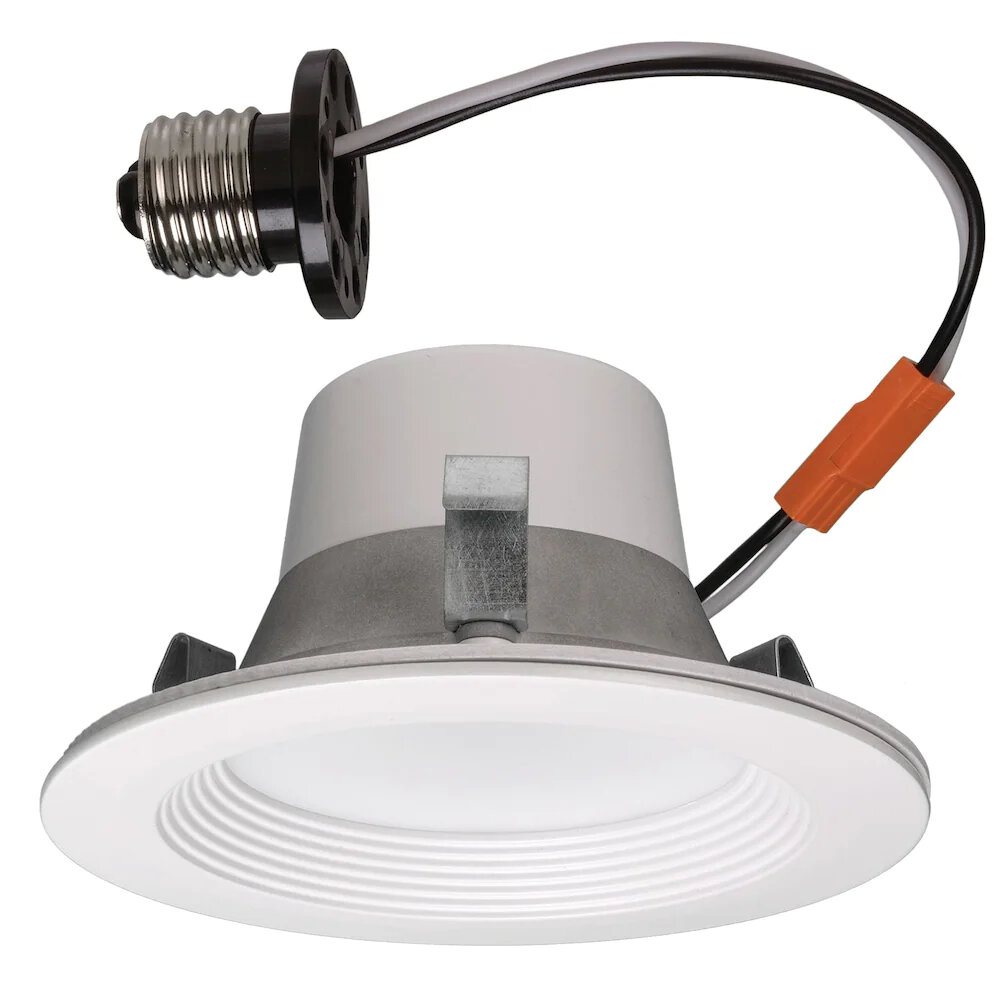
In conclusion, when faced with a non-responsive LED light remote, it’s important to first troubleshoot and identify the root cause of the problem. Whether it’s a dead battery, blocked signal, or faulty remote, there are various solutions that can be applied to fix the issue in just a matter of minutes. By following the steps outlined in this guide, you can save yourself the time and hassle of having to replace your remote, and instead, restore it to its full functionality with ease. Remember to always approach the problem with patience and a willingness to experiment, and you’ll be able to enjoy the convenience of your LED light remote once again in no time.




